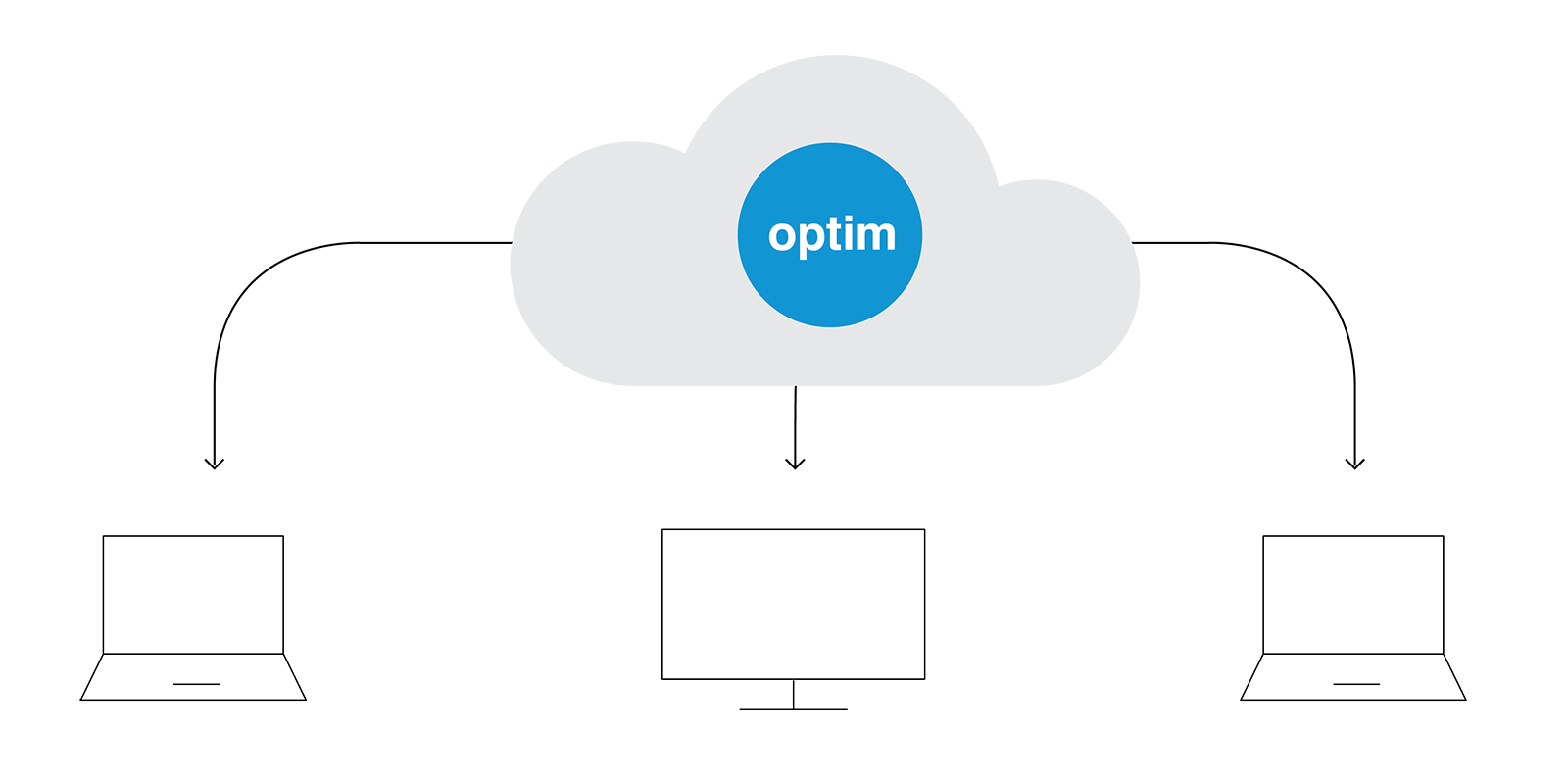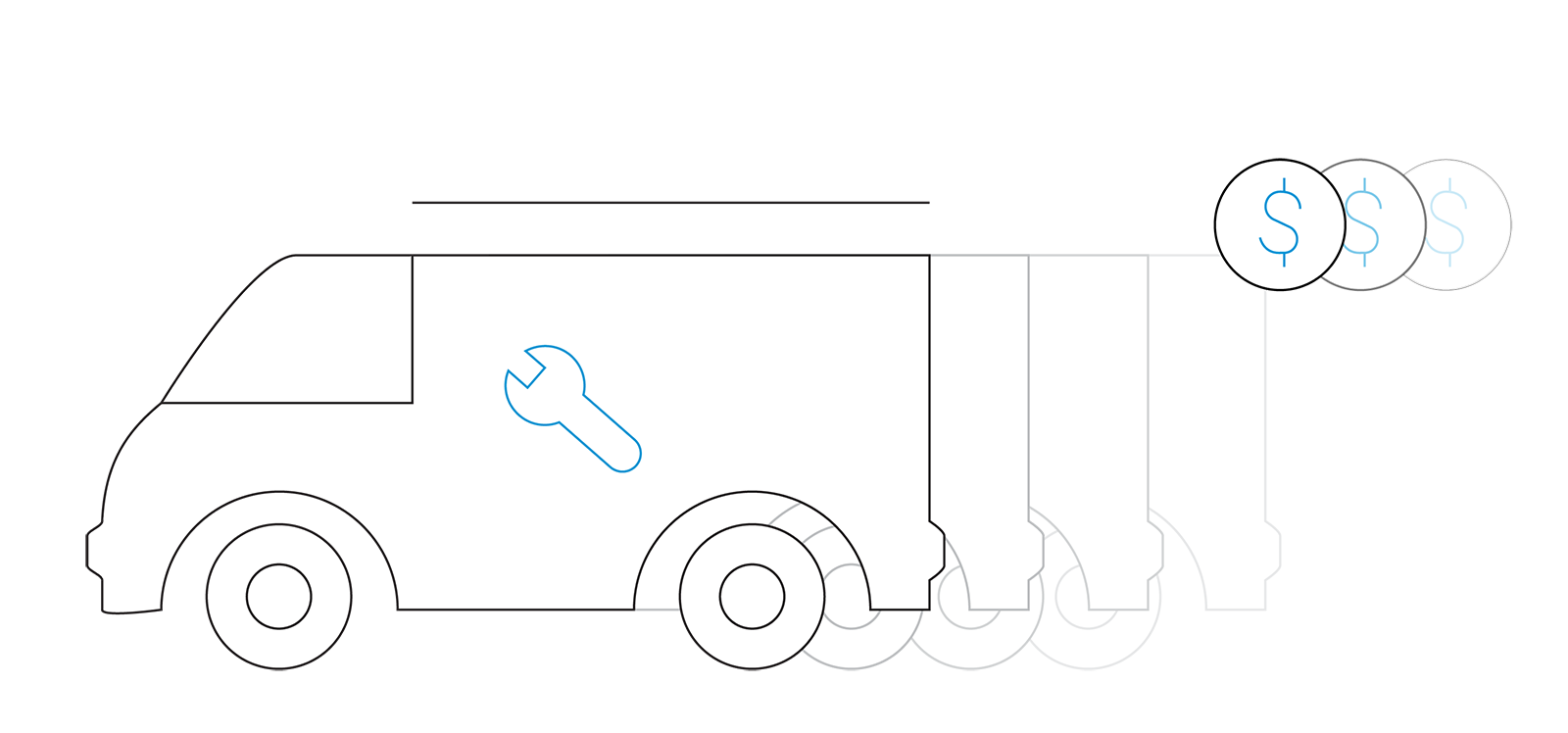Connected homes are becoming more common place. It is estimated that by 2020, there will be up to 21 billion connected IoT devices worldwide, paving the way for smarter cities and smarter homes. Adoption of smart devices is exciting, but also opens the door to customer confusion and frustration. After all, not every customer is an early adopter or especially tech savvy. While customers are adapting to a lifestyle that includes connected devices, service providers also must adapt to satisfy their customer’s needs in terms of network capability and customer service. By adopting services that include IoT support, service providers can gain a competitive edge while creating new revenue streams.
The Power of Customer Service
A company is only as good as their customer service. Studies show that 90% of Americans use customer service as a factor when deciding to do business with a company. In addition, a survey from New Voice Media found that 49% of American consumers switched companies last year due to poor customer service. Additional customer service statistics include:
%
of customers want service representatives to take care of their needs faster.
%
of customers surveyed rate an immediate response as important or very important when they have a customer service question.
Ultimately, customer service is ranked as the top influencing factor when establishing customer trust. Internet service providers are heavily relied on by customers to provide a reliable product. After all, every IoT device in a customer’s home depends on an Internet connection for peak performance. Typically, customer care is considered a cost center for most service providers. As IoT devices continue to integrate into customer homes, service providers have the opportunity to make their customer service centers profitable.

Factoring the Smart Home into Service Offerings
In order to effectively and efficiently incorporate IoT devices into service offerings, providers have to balance two key elements in IoT home networking: 1) maintaining their networks to boost speed and capacity and 2) managing large amounts of raw data coming from smart devices. Maintaining a network is nothing new to service providers as many are working to implement fiber networking, adopting 5G networking and updating to Wi-Fi 6 standards to improve their networks. The challenge in the customer service center is data management. Service providers must invest in tools that allow them to analyze large amounts of data coming from smart home devices in order to address customer concerns. By implementing data management tools that are powered by artificial intelligence and machine learning, service providers can add value to their services and improve customer experience. Incoming data can help service providers understand usage patterns and develop insights to optimize their networks and create custom solutions for a variety of customers, like potential cord cutters, Internet only subscribers, and other demographics. Consider recent moves by competitors into the streaming service market. By identifying cord-cutting trends through analyzing customer data patterns, they implemented a new plan to incorporate streaming services, adding value to their existing service and giving them a competitive edge, enough to make some waves in the industry.
While there are a variety of third-party software that offer data analysis tools, Optim Managed Service Assurance Platform offers a unique, all-in-one solution for service providers. By partnering with Optim, service providers can count on a variety of tools to boost their network performance and gain valuable customer insights.
- Top of the line self-healing network capability powered by machine learning and AI technology solves many Wi-Fi issues automatically, often before performance is impacted.
- Remote troubleshooting allows service center technicians to address customer concerns using real-time information from the customer’s home network. This type of actionable information can quickly resolve customer networking issues without a costly truck roll.
- Advanced analytics allow service providers to view intuitive reports based on real data from a service area and create data backed action plans for better network management. API integration is available with third-party systems to allow for device monitoring without limitations.
- Hardware agnostic solution compatible with a variety of Wi-Fi routers and gateways and works with any of the leading Wi-Fi radio chipsets including Broadcom, Quantenna, and Mediatek. This gives providers a single standards-based platform to optimize WiFi performance across their territory even with a mix of CPE devices and vendors in subscriber homes.

3 Customer-Facing Benefits of Managed Wi-Fi
1. Visibility to Troubleshoot WiFi Issues – Visibility to Troubleshoot WiFi Issues – Optim’s cloud-based platform and self-serve dashboard puts customers in control of their network preferences and allows them to solve basic issues themselves. Optim will also prompt the customer via the dashboard or App if it detects a problem, and recommend a solution for self-serve repair.
2. Advanced Security Protection – that safeguards households from harmful web pages, hacking, spyware, phishing and other threats, powered by cybersecurity experts F-Secure.
3. Network optimization tools – like automatic band steering can improve Wi-Fi performance by directing devices to the right band and improving network traffic flow.

Cost Benefits of Optim Managed WiFi:
- Reduce truck rolls by resolving Wi-Fi issues up front
- Reduce tech support call times by identifying the problem quickly
- Increase customer satisfaction with proactive Wi-Fi trouble resolution
- Reduce support calls by enabling Self-serve problem identification and resolution
- Increase customer retention with value-add services
- Increase revenue opportunities with services such as endpoint/IoT security, managed Wi-Fi services, premium tech support and more
- Improve home network performance
- Reduce operational costs with more efficient troubleshooting and management
- Cloud-based solution provides complete, holistic view of entire network
To attract new customers and maintain current customers, service providers are challenged to add value to their current offerings. By integrating tools that make IoT devices more manageable, leveraging big data analytics, and adding customer facing tools for fast solutions, providers can expect an increase in customer satisfaction. These services not only reduce the operational costs of customer care centers, but also establish trust between the provider and customer. As home networking grows more complex, establishing a reputation for great customer service has proven to be a profitable endeavor.
Since Optim’s launch in 2017, it has been deployed to over 5 million homes as the first managed Wi-Fi and service level platform. Optim is designed to make home networking easy. Service Providers wanting to learn more about Optim’s home networking and data management tools, should contact us today.
